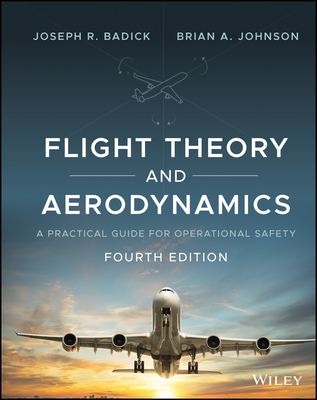商品描述
The public debate over civilian use of drones is intensifying. Variously called "unmanned aircraft systems", "unmanned aerial vehicles", "remotely piloted aircraft", or simply "drones", they are available for purchase by anyone for a few hundred to a few thousand dollars. They have strikingly useful capabilities. They can carry high-definition video cameras, infrared imaging equipment, sensors for aerial surveying and mapping. They can stream their video in real time. They have GPS, inertial guidance, magnetic compasses, altimeters, and sonic ground sensors that permit them to fly a preprogrammed flightplan, take off and land autonomously, hover and orbit autonomously with the flick of a switch on the DRone Operator’s ("DROPs") console. The benefits they can confer on law enforcement, journalism, land-use planning, real estate sales, critical infrastructure protection and environmental preservation activities are obvious.
However, their proliferation in response to these demands will present substantial risks to aviation safety. How to ensure the safety of drone operations perplexes aviation regulators around the world. They are inexpensive consumer products, unsuited for traditional requirements for manned aircraft costing hundreds of thousands or millions of dollars and flown only by licensed pilots who have dedicated significant parts of their lives and their wealth to obtaining licenses. Regulatory agencies in Europe and Asia are ahead of US regulators in creating spaces for commercial use.
Over the next several years, legal requirements must be crystallized, existing operators of helicopter and airplanes must refine their policy positions and their business plans to take the new technologies into account, and all businesses from the smallest entrepreneur to large conglomerates must decide whether and how to use them. Domesticating Drones offers rigorous engineering, economics, legal and policy theory and doctrine on this important and far-reaching development within aviation.
商品描述(中文翻譯)
公共對於民用無人機的辯論正在加劇。這些無人機被稱為「無人航空系統」、「無人飛行器」、「遙控飛行器」或簡稱「無人機」,任何人都可以以幾百到幾千美元的價格購買。它們具備非常有用的功能。無人機可以搭載高清攝像機、紅外成像設備、空中測量和繪圖的傳感器。它們可以實時串流視頻。無人機配備了GPS、慣性導航、磁力羅盤、高度計和聲波地面傳感器,這些設備使它們能夠按照預先編程的飛行計劃飛行,自主起飛和降落,並能在DRone Operator(「DROPs」)的控制台上輕鬆切換下自主懸停和環繞飛行。它們在執法、新聞報導、土地使用規劃、房地產銷售、關鍵基礎設施保護和環境保護活動中所能帶來的好處是顯而易見的。
然而,無人機因應這些需求的普及將對航空安全帶來重大風險。如何確保無人機操作的安全讓全球的航空監管機構感到困惑。這些無人機是廉價的消費產品,不符合傳統對於成本數十萬或數百萬美元的載人飛機的要求,且這些飛機僅由持有執照的飛行員駕駛,這些飛行員為獲得執照投入了大量的時間和財富。歐洲和亞洲的監管機構在為商業用途創造空間方面走在美國監管機構的前面。
在接下來的幾年中,法律要求必須明確化,現有的直升機和飛機操作員必須調整他們的政策立場和商業計劃,以考慮到這些新技術,所有企業,從最小的創業者到大型企業集團,必須決定是否以及如何使用這些無人機。《Domesticating Drones》提供了關於這一重要且深遠的航空發展的嚴謹工程學、經濟學、法律和政策理論及學說。



















